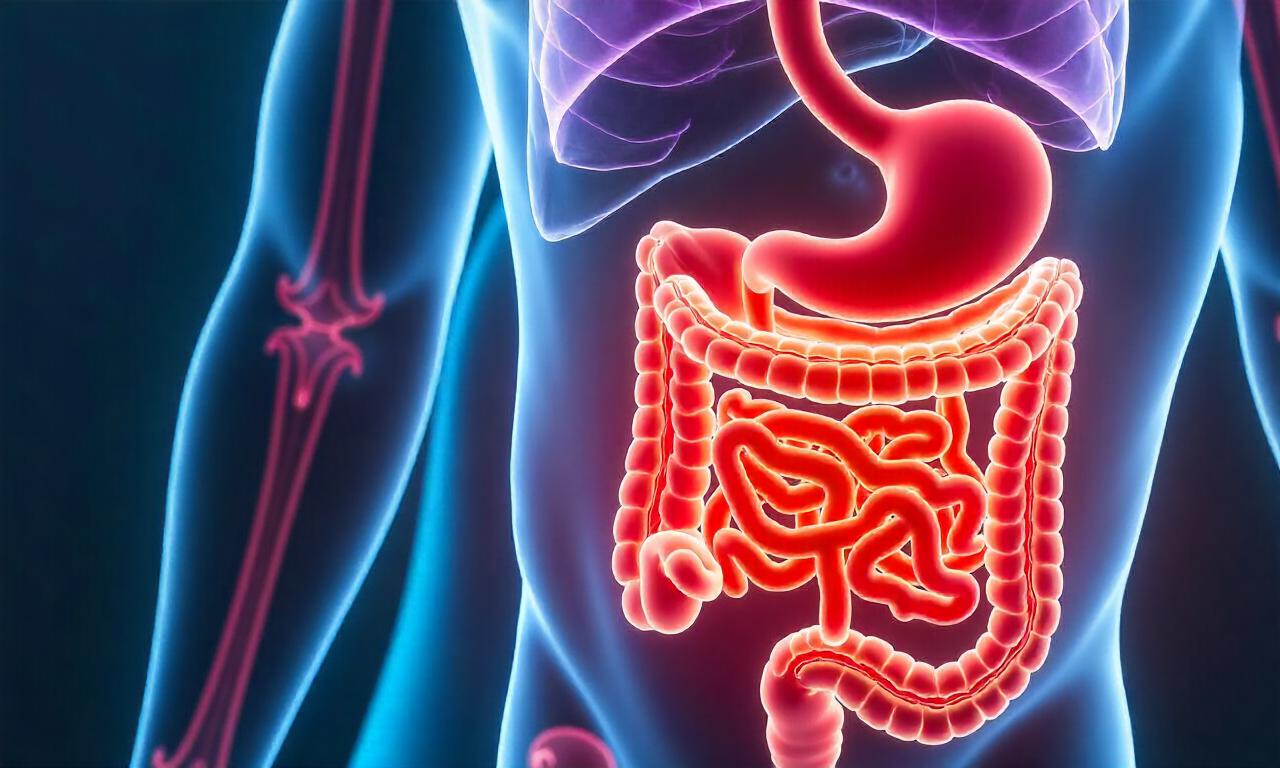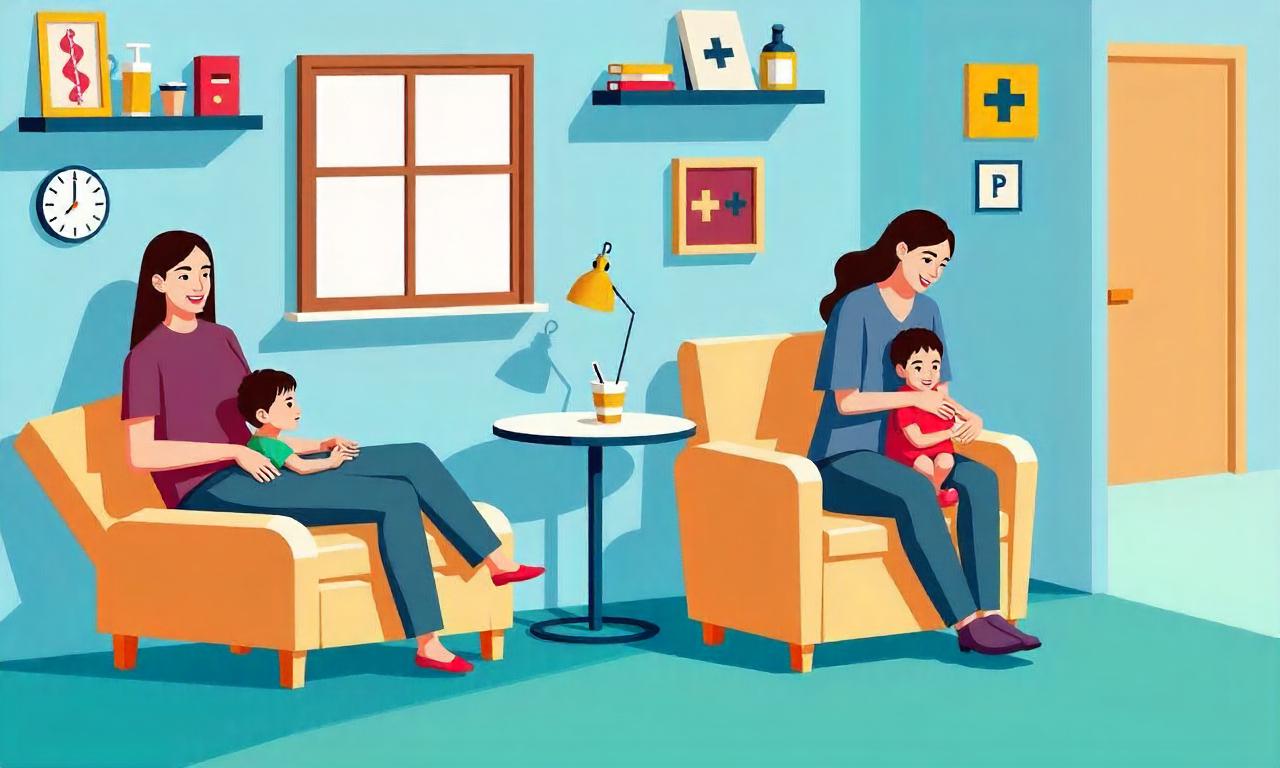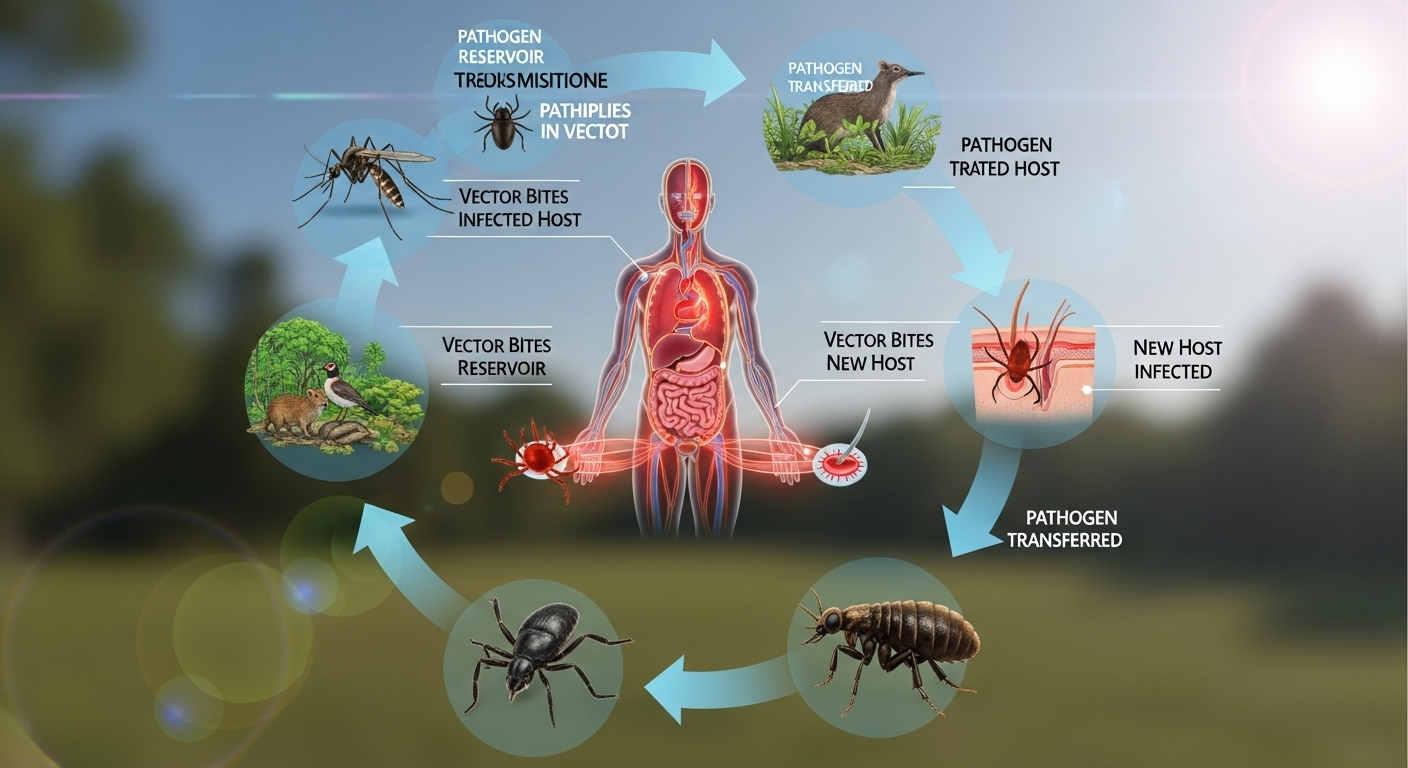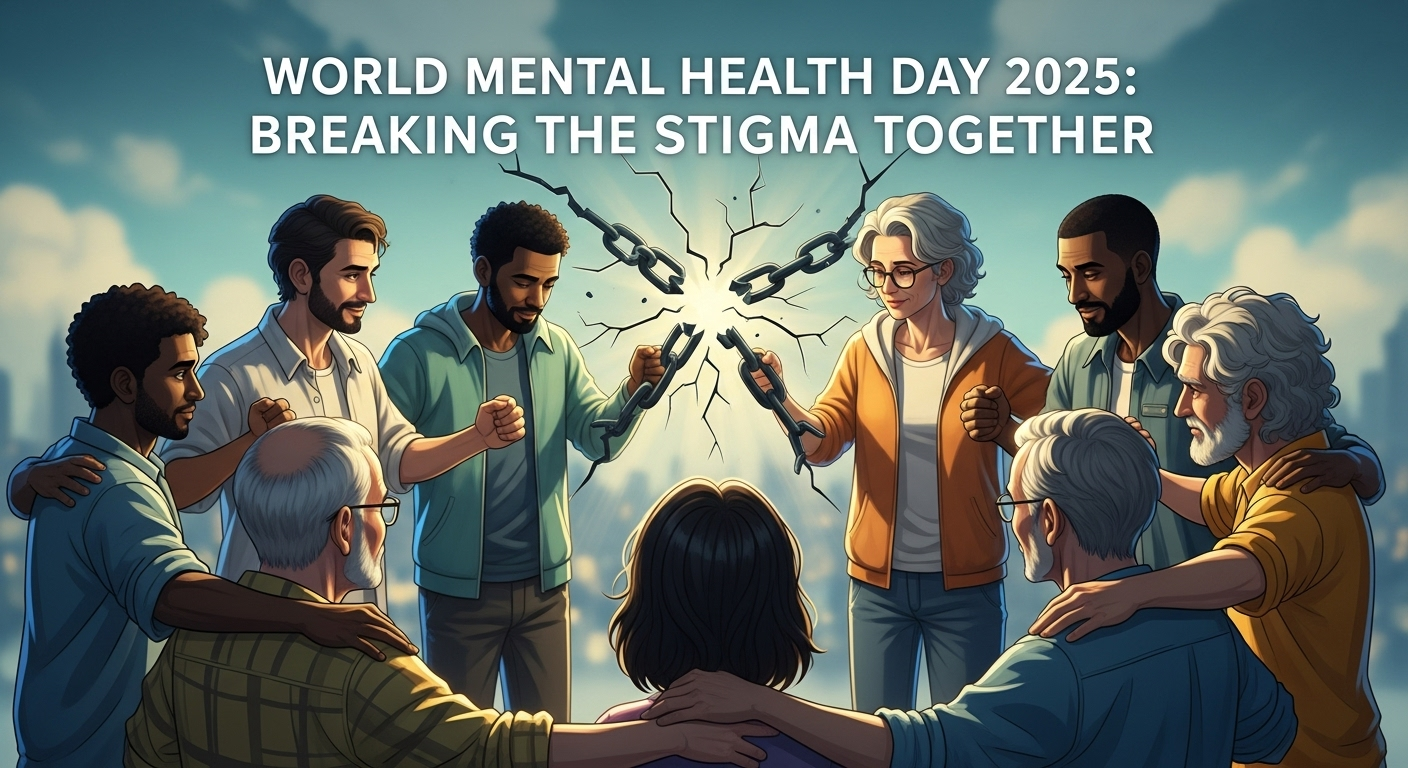Have you ever wondered why some people seem to breeze through the colder months without a sniffle, while others are constantly battling the flu? The answer lies in understanding the basics of illness prevention and taking proactive steps every year.
Seasonal viruses like the flu can impact our health in significant ways. By staying informed and taking the right precautions, we can protect ourselves and our loved ones. This guide will walk you through essential strategies to keep these illnesses at bay.
We’ll explore the importance of annual flu vaccines, backed by trusted sources like the CDC. Consistent preventive measures can make all the difference, ensuring you stay healthy throughout the season. Let’s dive into the best ways to safeguard your health this year.
Table of Contents
ToggleUnderstanding Seasonal Flu and Colds
Respiratory infections like flu and colds are more than just minor inconveniences. They are caused by different viruses and can significantly impact our daily lives. By understanding their nature, we can take better steps to protect ourselves and others.
What Are Seasonal Flu and Colds?
Seasonal flu, also known as influenza, is a respiratory illness caused by the influenza virus. Colds, on the other hand, are usually caused by rhinoviruses. Both conditions affect the nose, throat, and sometimes the lungs, but they differ in severity and symptoms.
Symptoms and Key Differences
Flu symptoms often include fever, body aches, and fatigue. These can appear suddenly and feel severe. Colds, however, typically start with a sore throat and runny nose, progressing more gradually.
One key difference is the intensity. Influenza can lead to serious complications, especially in vulnerable groups. Colds are usually milder but can still disrupt daily activities.
Both illnesses spread through respiratory droplets when an infected person coughs or sneezes. Germs can also transfer through direct contact with contaminated surfaces. Understanding these routes helps us minimize the risk of infection.
Why Annual Vaccination is Key
Annual vaccination plays a critical role in safeguarding our health. It helps reduce the spread of illness and protects vulnerable populations. By getting vaccinated, we contribute to a healthier community.
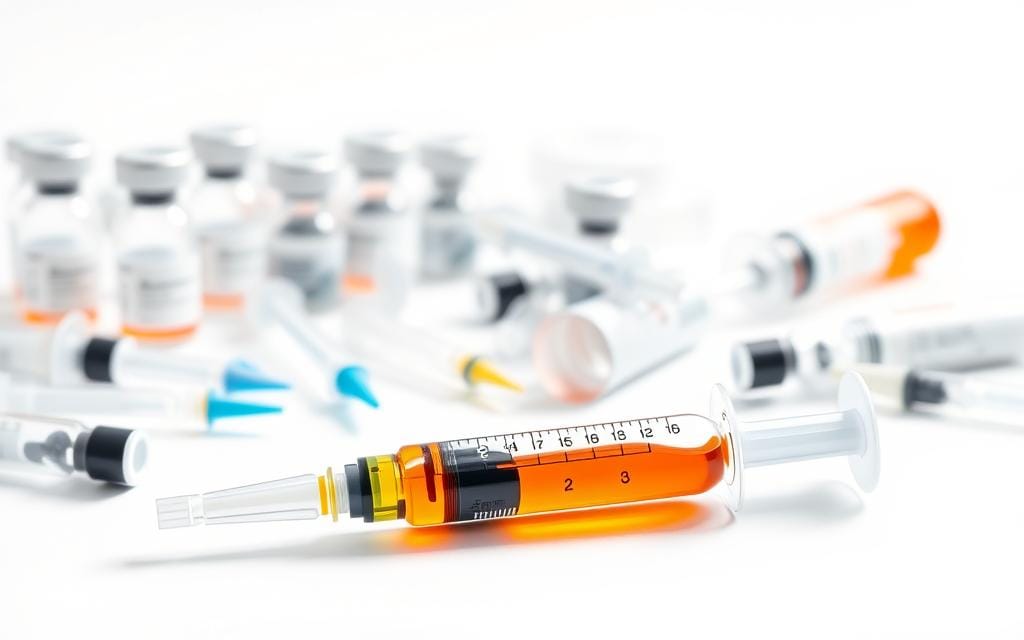
Flu Vaccine Benefits and Recommendations
The flu vaccine offers several benefits. It lowers the risk of severe illness and complications. It also reduces hospitalizations, especially for high-risk groups like children and the elderly.
Here are some key reasons to get vaccinated:
- Reduces the severity of symptoms if you get flu.
- Helps protect those who cannot receive the vaccine.
- Prevents the spread of illness in workplaces and schools.
Who Should Get Vaccinated and When
Everyone six months and older should receive the flu vaccine. High-risk individuals, such as pregnant women and those with chronic conditions, benefit the most. The ideal time to get vaccinated is by the end of October.
Early vaccination ensures protection before flu season peaks. If you have questions, consult your healthcare provider. They can guide you on the best timing and type of vaccine for your needs.
How to Prevent Seasonal Flu and Colds
Small changes in daily routines can make a big difference in staying well. By focusing on hygiene and safety, we can reduce the risk of illness and keep our loved ones healthy. Let’s explore practical steps to minimize exposure and stay protected.
Implementing Hygiene and Safety Practices
Good hygiene is one of the most effective ways to stop the spread of germs. Washing your hands regularly with soap and water is a simple yet powerful step. If soap isn’t available, use an alcohol-based sanitizer to keep your hands clean.
Covering your mouth and nose with a tissue when you cough or sneeze is another key practice. Dispose of used tissues immediately and wash your hands afterward. This helps prevent germs from spreading to others.
Reducing Exposure in Daily Life
At home, focus on keeping frequently touched surfaces clean. Regularly disinfect doorknobs, light switches, and countertops to reduce the risk of contamination. Good air quality also plays a role in prevention. Open windows or use air purifiers to keep indoor spaces fresh.
When out in public, try to maintain a safe distance from people who are sick. Avoid touching your face, especially your eyes, nose, and mouth. These small steps can significantly lower your chances of getting sick.
By adopting these practices, we can take better care of our health and protect those around us. Consistency is key—make these habits part of your daily routine for the best results.
Everyday Preventive Actions for a Healthier Community
Building a healthier community starts with simple, everyday actions we can all take. By focusing on small, consistent habits, we can reduce the spread of illness and protect those around us. Let’s explore practical steps that make a big difference.
Handwashing and Respiratory Etiquette
Washing your hands is one of the most effective ways to care for your health and others. Use soap and water for at least 20 seconds, especially after being in public spaces. If soap isn’t available, an alcohol-based sanitizer is a great alternative.
Respiratory etiquette is another key tip. Always cover your mouth and nose with a tissue or your elbow when you cough or sneeze. Dispose of tissues immediately and wash your hands afterward. This simple habit reduces the risk of spreading germs.

Maintaining Clean and Fresh Indoor Air
Keeping indoor spaces clean and well-ventilated is essential. Regularly disinfect high-touch surfaces like doorknobs, light switches, and countertops. This reduces the chance of germs lingering on these areas.
Fresh air circulation is also important. Open windows when possible or use air purifiers to improve indoor air quality. This is especially helpful for children and others who may be more vulnerable to illness.
By adopting these practices, we can create safer environments for everyone. Together, we can build a healthier community through care and consistency.
Special Considerations for Vulnerable Groups
Certain groups, like children and high-risk individuals, need extra attention during illness seasons. These populations face a greater risk of severe complications, making targeted care essential. Let’s explore how we can support their health effectively.
Guidelines for Children and High-Risk Individuals
Children, especially those under five, are more vulnerable to severe illness. High-risk individuals, such as those with chronic conditions or weakened immune systems, also require special care. Here are some key strategies:
- Ensure children receive their annual vaccinations on time.
- Keep high-risk individuals away from crowded places during peak months.
- Exclude ill children from group care settings to prevent spreading germs.
When to Seek Medical Advice and Use Antivirals
Early intervention is crucial for vulnerable groups. If symptoms like high fever or difficulty breathing appear, contact a healthcare provider immediately. Antiviral medications can reduce the severity of illness when taken promptly.
Here are some signs to watch for:
- Persistent fever lasting more than three days.
- Worsening symptoms despite home care.
- Signs of dehydration or difficulty breathing.
By staying vigilant and proactive, we can protect those most at risk and ensure their well-being throughout the year.
Conclusion
Protecting ourselves from illness is a shared responsibility we all can embrace. By combining annual vaccination with everyday hygiene practices, we can reduce the spread of respiratory viruses like flu. Recognizing symptoms early and seeking prompt care can also minimize the impact of illness.
Simple steps, such as handwashing and covering coughs, play a vital role in keeping our communities healthy. Working together, we can create safer environments for everyone. Trusted sources like the CDC provide valuable guidance to help us stay informed and proactive.
Every action counts when it comes to maintaining our health. Let’s adopt these practices in our daily lives to protect ourselves and those around us. Together, we can make a difference in building a healthier future.
FAQ
What are the main differences between seasonal flu and colds?
The flu and colds are both respiratory illnesses, but they’re caused by different viruses. Influenza (flu) symptoms are often more severe and include fever, body aches, and fatigue. Colds usually cause milder symptoms like a runny nose and sore throat.
Why is getting a flu vaccine important every year?
The flu virus changes constantly, so vaccines are updated annually to match the most common strains. Getting vaccinated helps protect us from serious complications and reduces the spread of the virus in our community.
Who should get the flu vaccine, and when is the best time?
Everyone aged 6 months and older should get vaccinated, especially children, older adults, and those with chronic conditions. The best time is early fall, before flu season peaks, but it’s never too late to get protected.
What are some effective hygiene practices to avoid getting sick?
Washing our hands frequently with soap and water, using hand sanitizer, and avoiding touching our face can help stop the spread of germs. Covering our mouth with a tissue or elbow when coughing or sneezing is also essential.
How can we reduce exposure to flu and cold viruses in daily life?
Staying away from people who are sick, cleaning and disinfecting frequently touched surfaces, and avoiding crowded places during peak flu season can lower our risk of infection.
What steps can we take to protect vulnerable groups like children and the elderly?
Ensuring they’re vaccinated, teaching proper handwashing techniques, and keeping them away from sick individuals are key. If symptoms appear, seeking medical advice promptly is crucial.
When should we see a healthcare provider for flu or cold symptoms?
If symptoms like high fever, difficulty breathing, or prolonged illness occur, it’s important to consult a doctor. Early treatment with antivirals can help reduce the severity of the flu.





